Inside the Atom Smasher at CERN
What you can see on a tour of the largest particle collider in the world
Science geeks across the globe celebrated the relaunch of CERN’s particle collider—even if not everyone understands what it does. A ring about 17 miles in circumference that flings beams of protons or lead nuclei at one another at close to the speed of light, the Large Hadron Collider is said to recreate the conditions of the very first moments of the universe. By reproducing the forces and particles that emerged from the big bang, physicists hope to figure out what we’re all made of at the simplest level—using a very complicated machine. Several tens of millions of collisions happen inside the underground tunnel in the span of just one second.
The confirmation of the Higgs boson—a subatomic particle associated with an energy field that transmits mass to some of the other types of particles—made headlines in 2012, but researchers hope the collider will help them find out much more. One thing they’d like to see is evidence of dark matter, which, as The Guardian puts it, is the “invisible material that appears to hang around galaxies and makes up more than 25% of the universe.” The collider might also reveal “hidden extra dimensions”—seriously—as well as miniature versions of everyone’s favorite space phenomenon, black holes.
To see a lab with that kind of power, take a guided tour of the CERN facilities in Switzerland and France—the laboratory straddles the two countries. As a representative from CERN told Smithsonian.com, all of the tour guides you’ll meet are scientists, engineers and other researchers who have volunteered to show visitors their work. Options include a two-hour tour, where your guide will describe all that happens at CERN and the basics of particle physics, then take you to an actual control room. There, you’ll see scientists at work, running their universe-testing experiments.
You can also take a group tour, which lasts three hours and has an ever-changing itinerary, CERN says. During the past few years when the collider wasn’t in use, visitors could even go to the experimental caverns underground. But, now that protons are again smashing into each other and all kinds of phenomena are taking place underfoot, tour groups can’t, well, stand in the middle of the Big Bang. Understandable.
For other mind-blowing tours, check out Smithsonian.com’s guide to visiting the world’s greatest science labs.
(Originally published April 9, 2015.)
Planning Your Next Trip?
Explore great travel deals
Smithsonian magazine participates in affiliate link advertising programs. If you purchase an item through these links, we receive a commission.
/https://tf-cmsv2-smithsonianmag-media.s3.amazonaws.com/accounts/headshot/michele-lent-hirsch.jpg)
/https://tf-cmsv2-smithsonianmag-media.s3.amazonaws.com/filer/e7/7d/e77d8821-c1a2-40bf-894f-429b3c2a7fbb/high_res_atlas_cern.jpg)
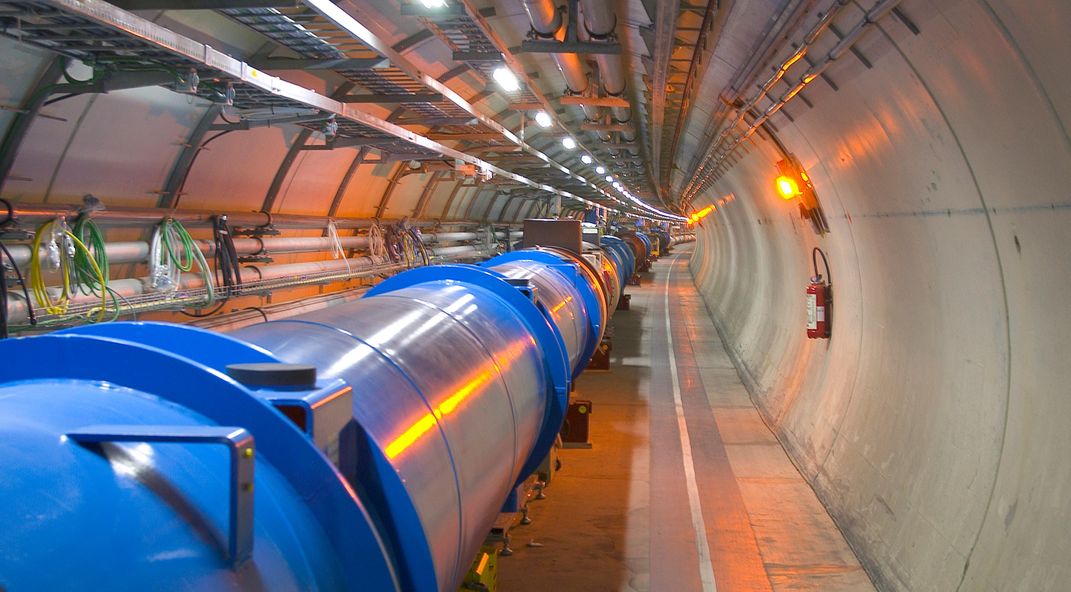
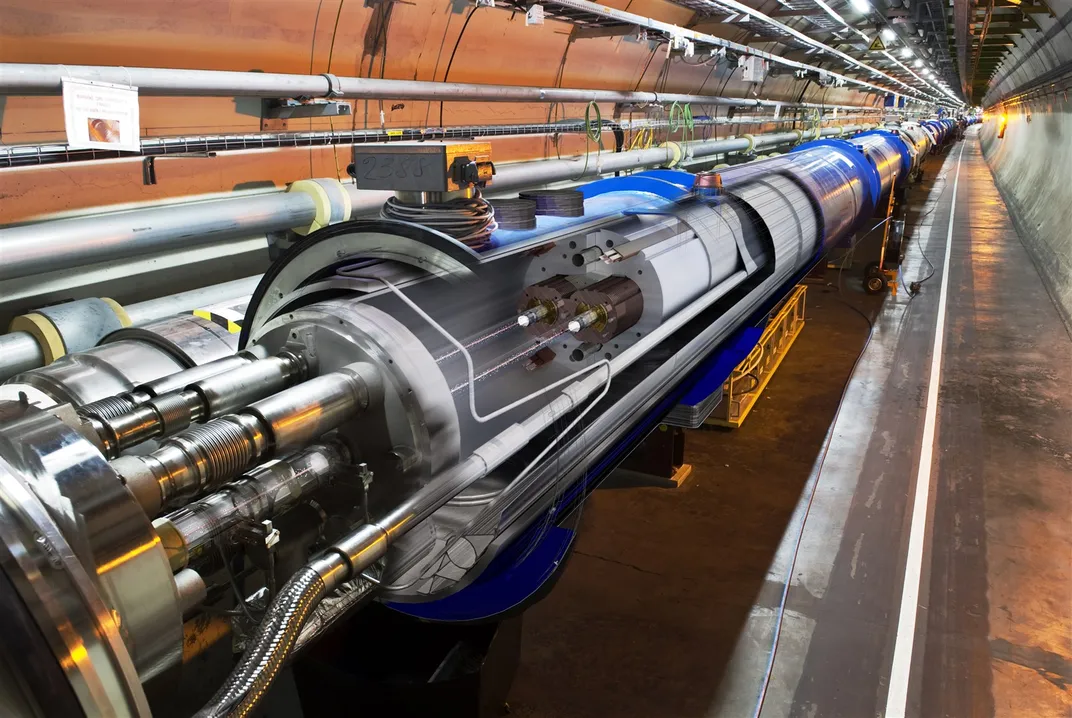
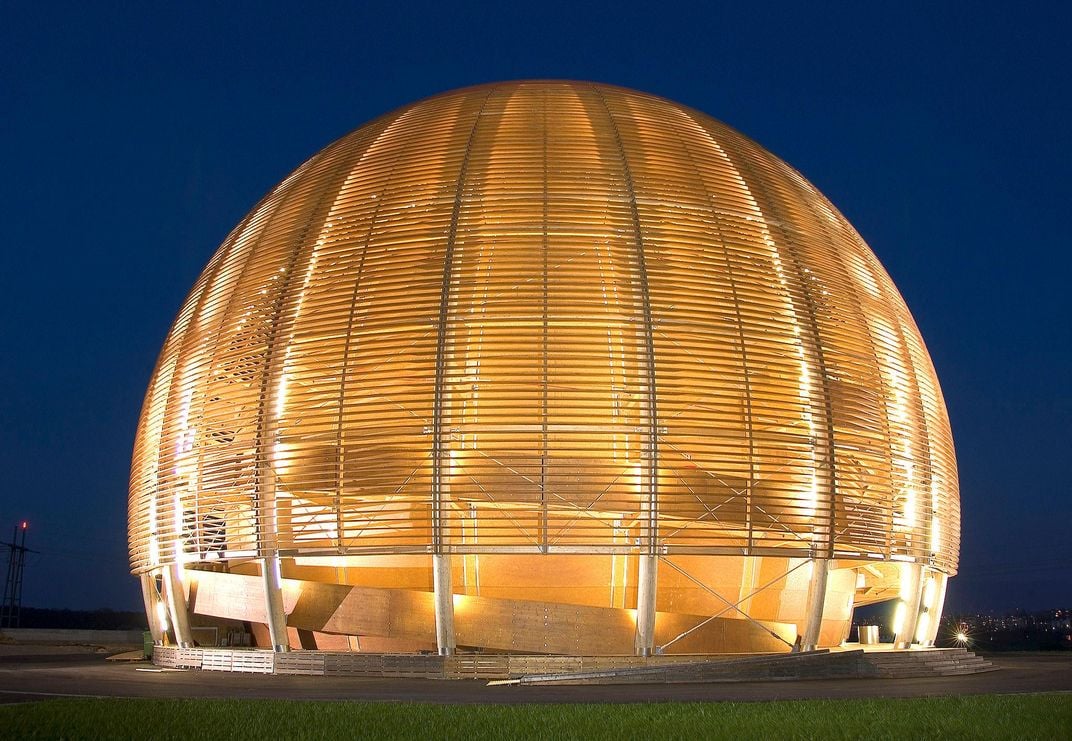
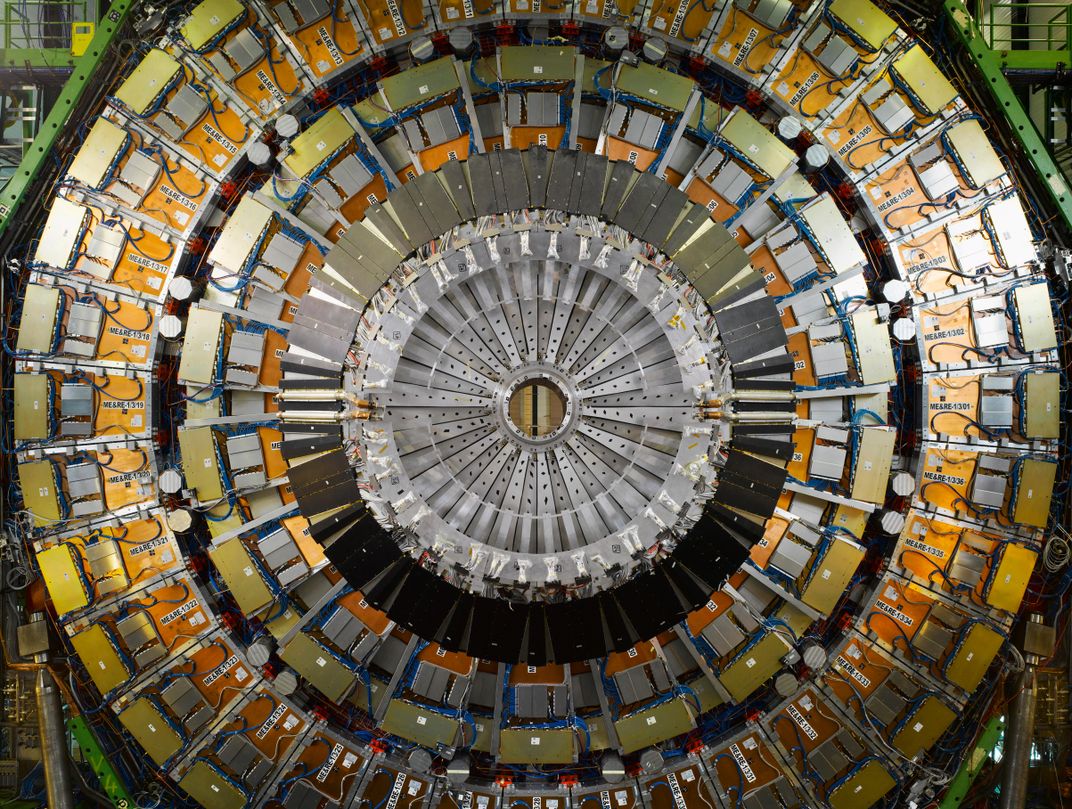
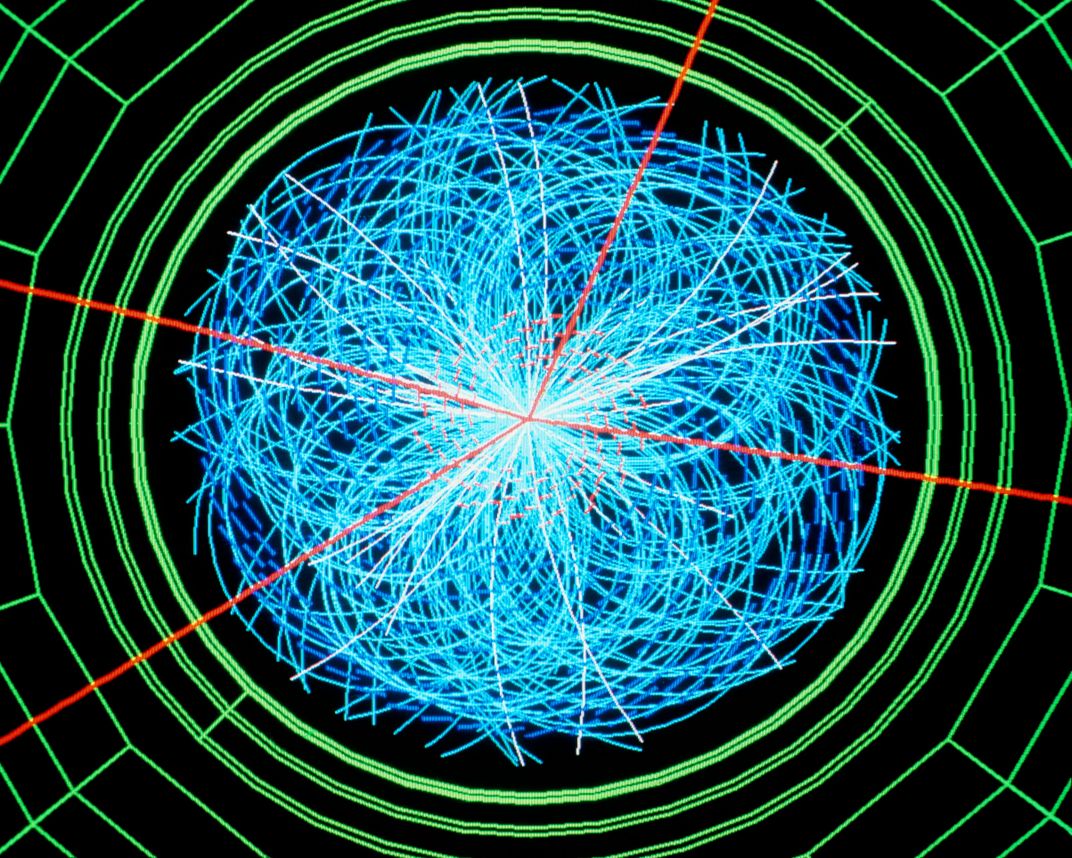
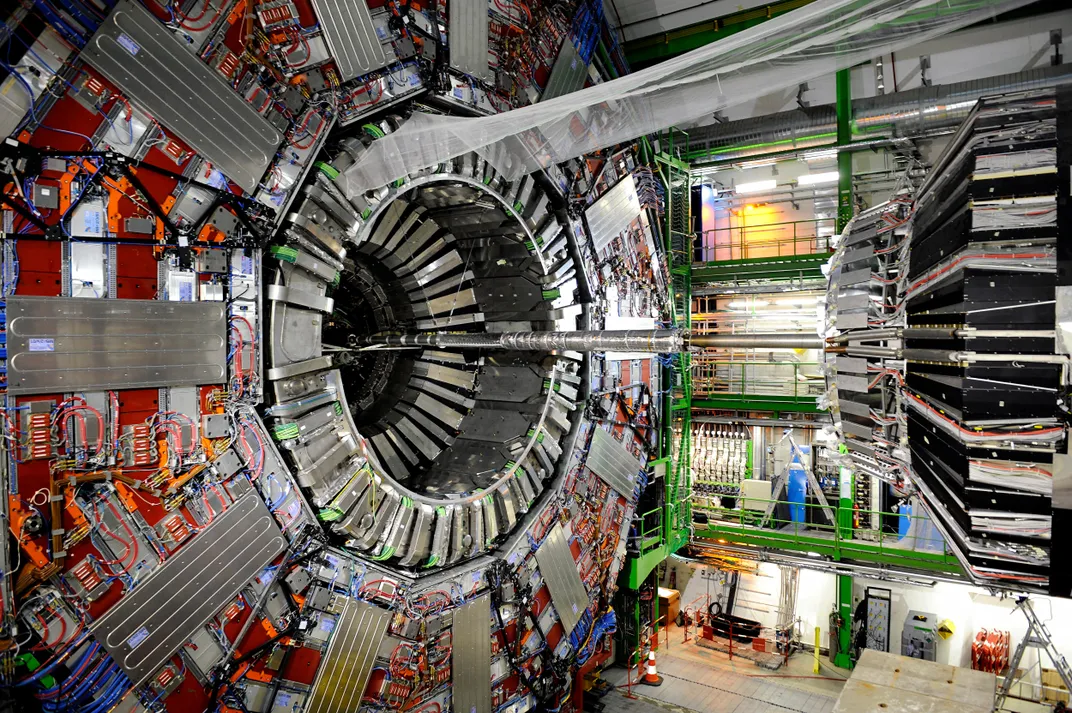
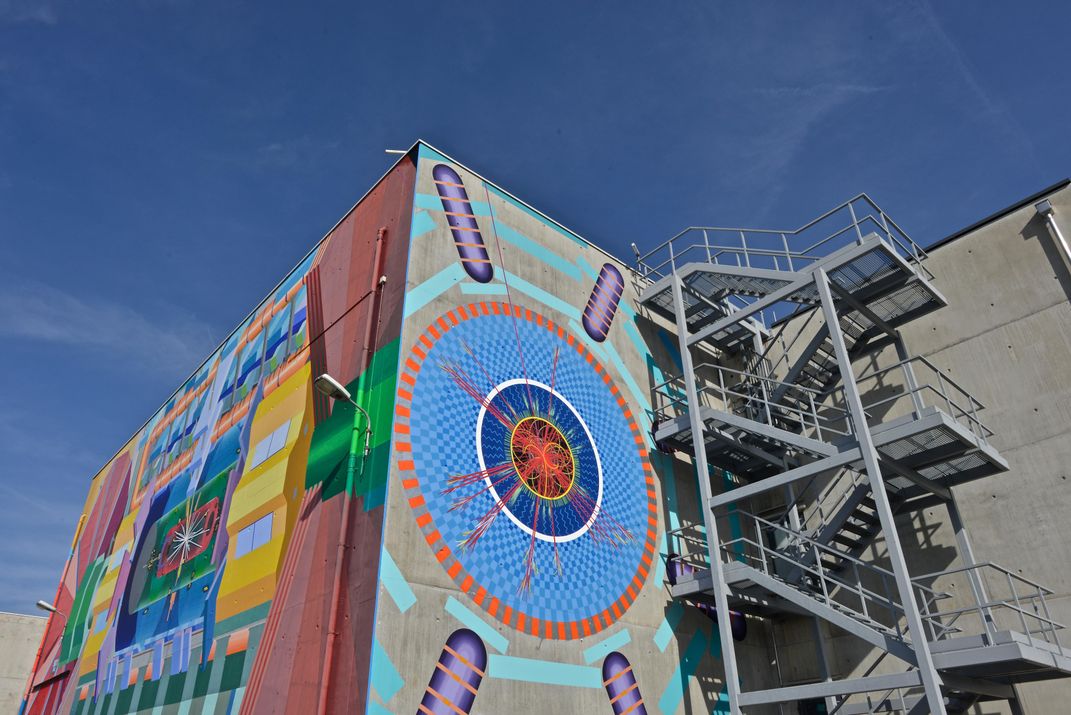
/https://tf-cmsv2-smithsonianmag-media.s3.amazonaws.com/accounts/headshot/michele-lent-hirsch.jpg)